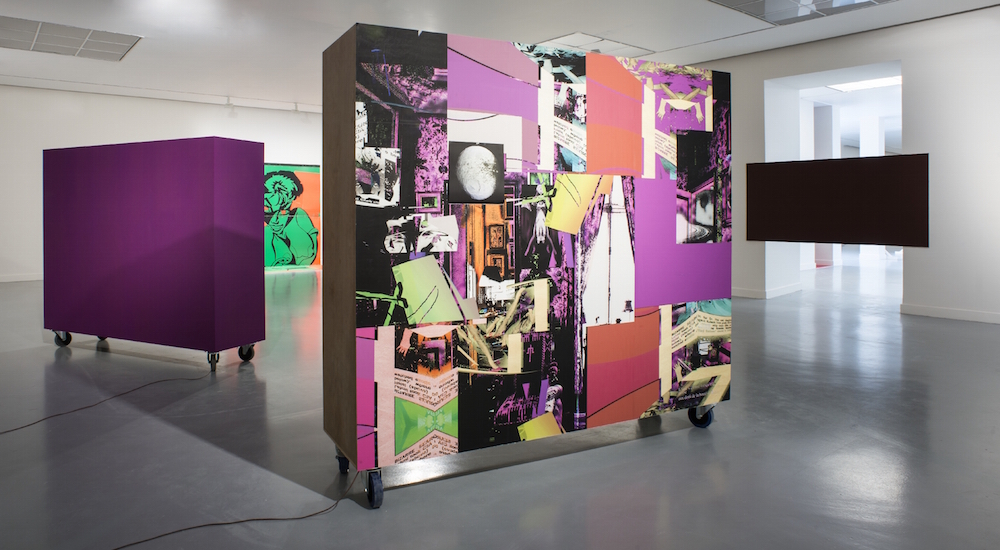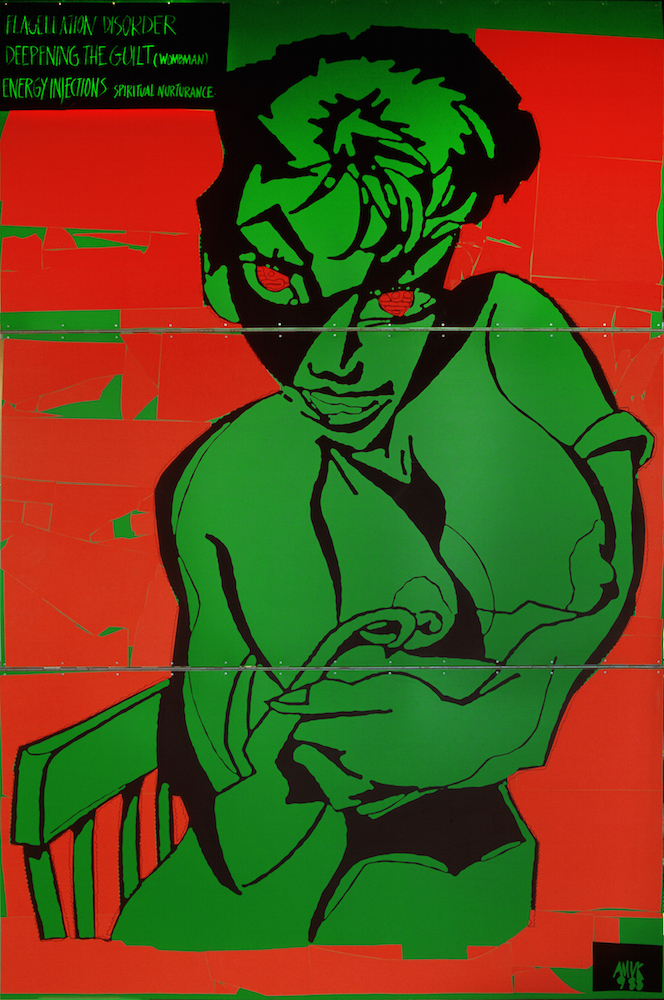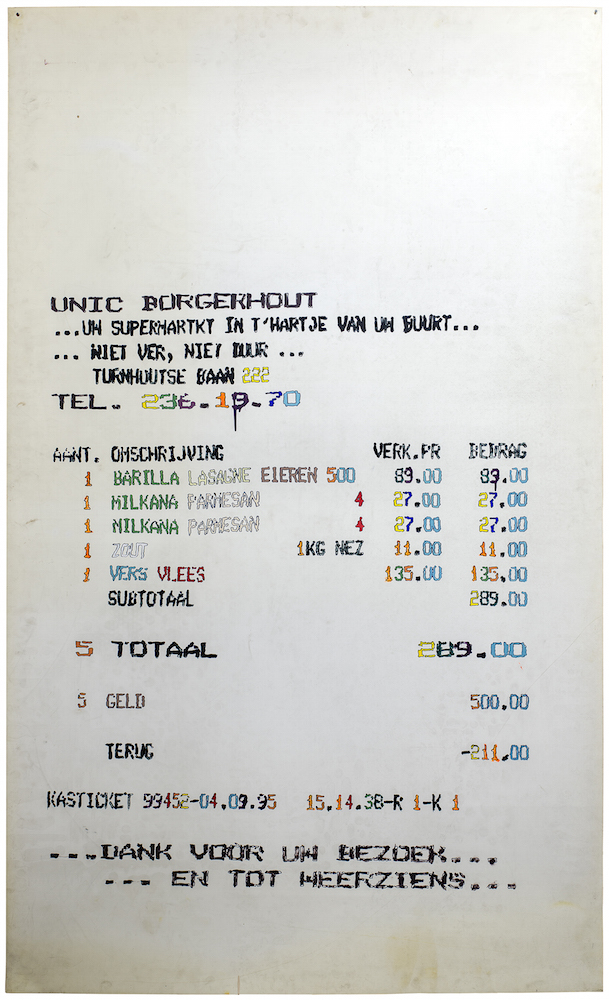


The welfare state is an abstract notion. But also very concrete. Political, but also bureaucratic. What does it have to do with art?
The welfare state operates with regulations, rights and obligations that apply to everyone in the same way, requiring individuals to identify themselves as members of society first and foremost. In this sense, the welfare state is the antithesis of art. Many artists support the welfare state in both theory and practice, and they are fascinated by rules as such, but they have little interest in following rules formulated by others than themselves …
The welfare state is an emancipatory political project, although it was first invented as a way of keeping class struggle and revolution at bay. It is hard to disassociate the European welfare state from the darker elements of recent history, such as militarism, colonialism and the degradation of the natural environment. Yet the welfare state, as a model for social cohesion and political stability, is now gaining ground in new parts of the world, notably in East Asia.
The exhibition The Welfare State does not look back with nostalgia at the welfare state in its ‘classical’ form as a utopian blueprint for an egalitarian (and homogenous) society in postwar Western Europe. It does not invite artists to ‘illustrate’ political and social engagement. But it does ask some fundamental questions. What is the ‘imaginary’ of the welfare state? Does it have a ‘form’? Can it be ‘shown’?
The Welfare State contains new and existing works by eight artists of different generations: Francisco Camacho Herrera (Colombia/The Netherlands, 1979), Josef Dabernig (Austria, 1956), Kajsa Dahlberg (Sweden, 1973), Róza El-Hassan (Hungary/Syria, 1966), Donna Kukama (South Africa, 1981), Artūras Raila (Lithuania, 1962), Anne-Mie Van Kerckhoven (Belgium, 1951) and Stephen Willats (England, 1943). It also contains visual and textual material from the four cultural archives in Flanders: Amsab and the Liberal Archive in Ghent, KADOC in Leuven and ADVN in Antwerp.
The exhibition is both explicitly and implicitly socio-political, and raises topics of relevance to the current situation in the world, such as the communication between citizens of different socio-economic status (Willats), the social implications of artificial intelligence (Van Kerckhoven), the changing status of labour (Dahlberg), the rise of the European far-right (Raila), the plight of refugees from the civil war in Syria (El-Hassan) or a possible shift to a non-monetary economy (Camacho Herrera).
The Welfare State is accompanied by a printed publication, and by an ambitious discursive programme. During the spring of 2015 M HKA organises a series of public seminars in collaboration with the researchers at the Herman Deleeck Centre for Social Policy at the University of Antwerp. Public forums are organised on 30 May 2015 at Cinema Zuid in Antwerp, in collaboration with CAHF (Contemporary Art heritage Flanders) and in September in Brussels, in collaboration with the Flemish-Dutch House deBuren.
De welvaartsstaat is een abstract begrip. Maar ook een heel concreet. Politiek, maar ook bureaucratisch. En wat heeft het met kunst te maken?
De welvaartsstaat werkt met regelgevingen, rechten en verplichtingen die voor iedereen op dezelfde manier gelden, waarbij wordt vereist dat individuen zich in de eerste plaats identificeren als leden van de samenleving. In die zin is de welvaartsstaat de antithese van de kunst. Vele kunstenaars steunen de welvaartsstaat zowel in theorie als in de praktijk, en zijn gefascineerd door de regels als zodanig, maar hebben weinig interesse in het volgen van regels die door anderen dan henzelf werden geformuleerd ...
De welvaartsstaat is een emancipatorisch politiek project, hoewel het voor het eerst werd opgezet als een manier om klassenstrijd en revolutie uit de weg te gaan. Het is moeilijk om de Europese welvaartsstaat los te koppelen van de meer duistere elementen uit de recente geschiedenis, zoals het militarisme, het kolonialisme en de aantasting van de natuurlijke omgeving. Toch wint de welvaartsstaat, als model voor sociale cohesie en politieke stabiliteit, nu terrein in nieuwe delen van de wereld, met name in Oost-Azië.
De tentoonstelling De Welvaartsstaat kijkt niet nostalgisch terug naar de welvaartsstaat in zijn 'klassieke' vorm; een utopische blauwdruk voor een egalitaire (en homogene) samenleving in het naoorlogse West-Europa. Het nodigt kunstenaars niet uit om politieke en maatschappelijke betrokkenheid te 'illustreren'. Maar ze stelt wel een aantal fundamentele vragen. Wat is het 'imaginaire' van de verzorgingsstaat? Heeft het een 'vorm'? Kan het worden 'getoond'?
De Welvaartsstaat presenteert nieuw en bestaand werk van acht kunstenaars van verschillende generaties: Francisco Camacho Herrera (Colombia/Nederland, 1979), Josef Dabernig (Oostenrijk, 1956), Kajsa Dahlberg (Zweden, 1973), Róza El-Hassan (Hongarije/Syrië, 1966), Donna Kukama (Zuid-Afrika, 1981), Artūras Raila (Litouwen, 1962), Anne-Mie Van Kerckhoven (België, 1951) en Stephen Willats (Engeland, 1943). De tentoonstelling bevat ook visueel en tekstueel materiaal uit de vier culturele archieven van Vlaanderen: Amsab en het Liberaal Archief in Gent, KADOC in Leuven en ADVN in Antwerpen.
De tentoonstelling is zowel expliciet als impliciet sociaal-politiek, en behandelt onderwerpen die relevant zijn in de huidige wereldcontext, zoals de communicatie tussen burgers van verschillende sociaal-economische niveaus (Willats), de sociale implicaties van artificiële intelligentie (Van Kerckhoven), de veranderende status van arbeid (Dahlberg), de opkomst van het Europese extreem-rechts (Raila), de situatie van de vluchtelingen uit de burgeroorlog in Syrië (El-Hassan) of de mogelijke verschuiving naar een niet-monetaire economie (Camacho Herrera).
De Welvaartsstaat wordt begeleid door een publicatie en een ambitieus discursief programma. In het voorjaar van 2015 organiseert het M HKA een reeks openbare lezingen in samenwerking met onderzoekers van het Centrum voor Sociaal Beleid Herman Deleeck aan de Universiteit Antwerpen. Publieke fora worden georganiseerd op 30 mei 2015 in Cinema Zuid in Antwerpen, in samenwerking met CAHF (Contemporary Art Heritage Flanders), en in september in Brussel, in samenwerking met het Vlaams-Nederlands Huis deBuren.
De Welvaartsstaat is meer dan een tentoonstelling; het is een breed maatschappelijk en cultureel project, geïnitieerd door het M HKA, dat tijdens het voor- en najaar het centrale thema is in en rond het museum. Het startschot is de lancering van de blog die De Welvaartsstaat inbedt in een breder, participatief netwerk. Het is het centrale platform waarop alle informatie over het gehele project verzamelt en ontsloten wordt, en waar de verschillende partners een stem krijgen.
De Welvaartstaat
from 29 May 2015 to 27 Sep 2015
in M HKA, Antwerpen, Belgium.
works and articles
7661 views